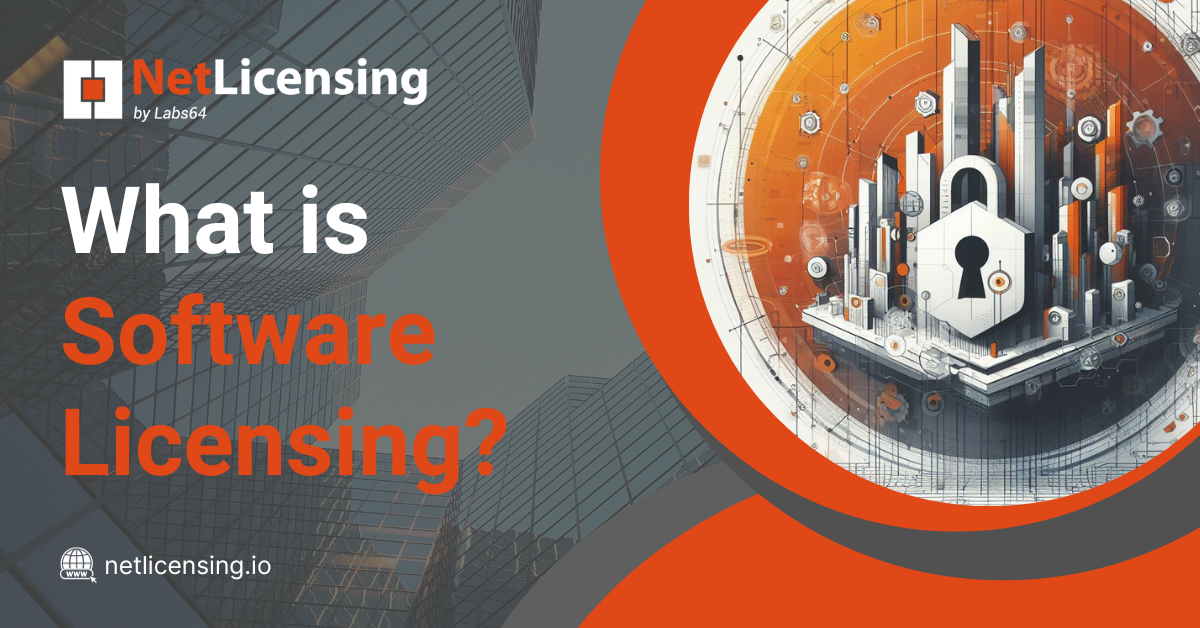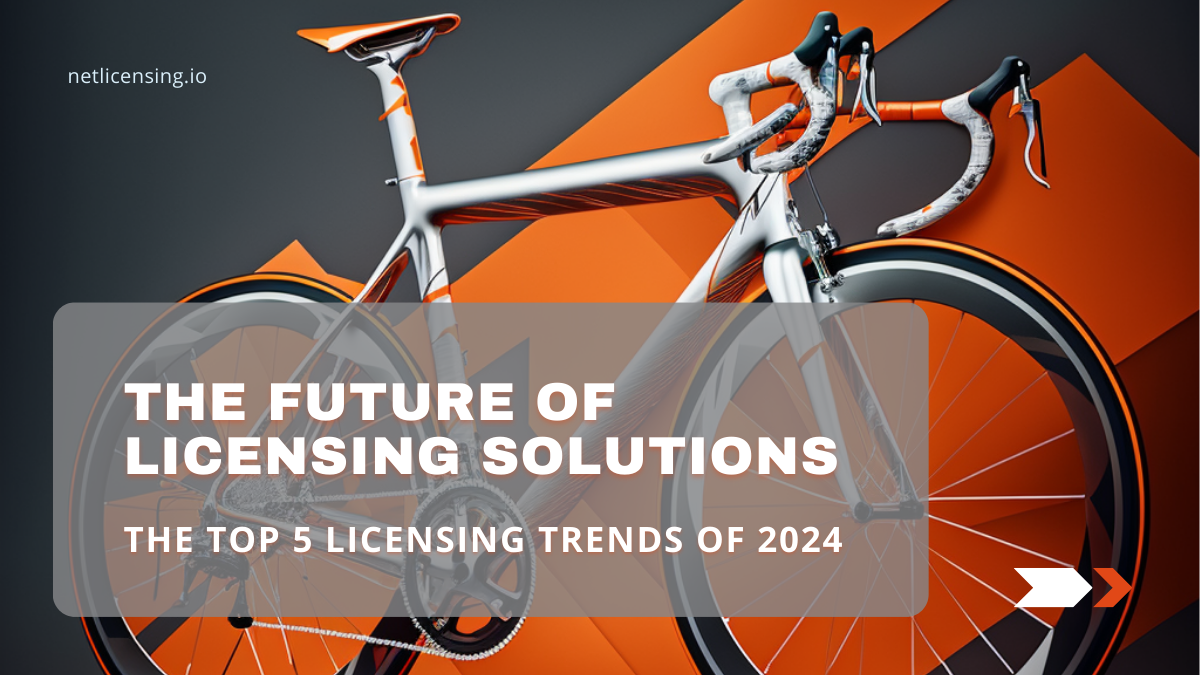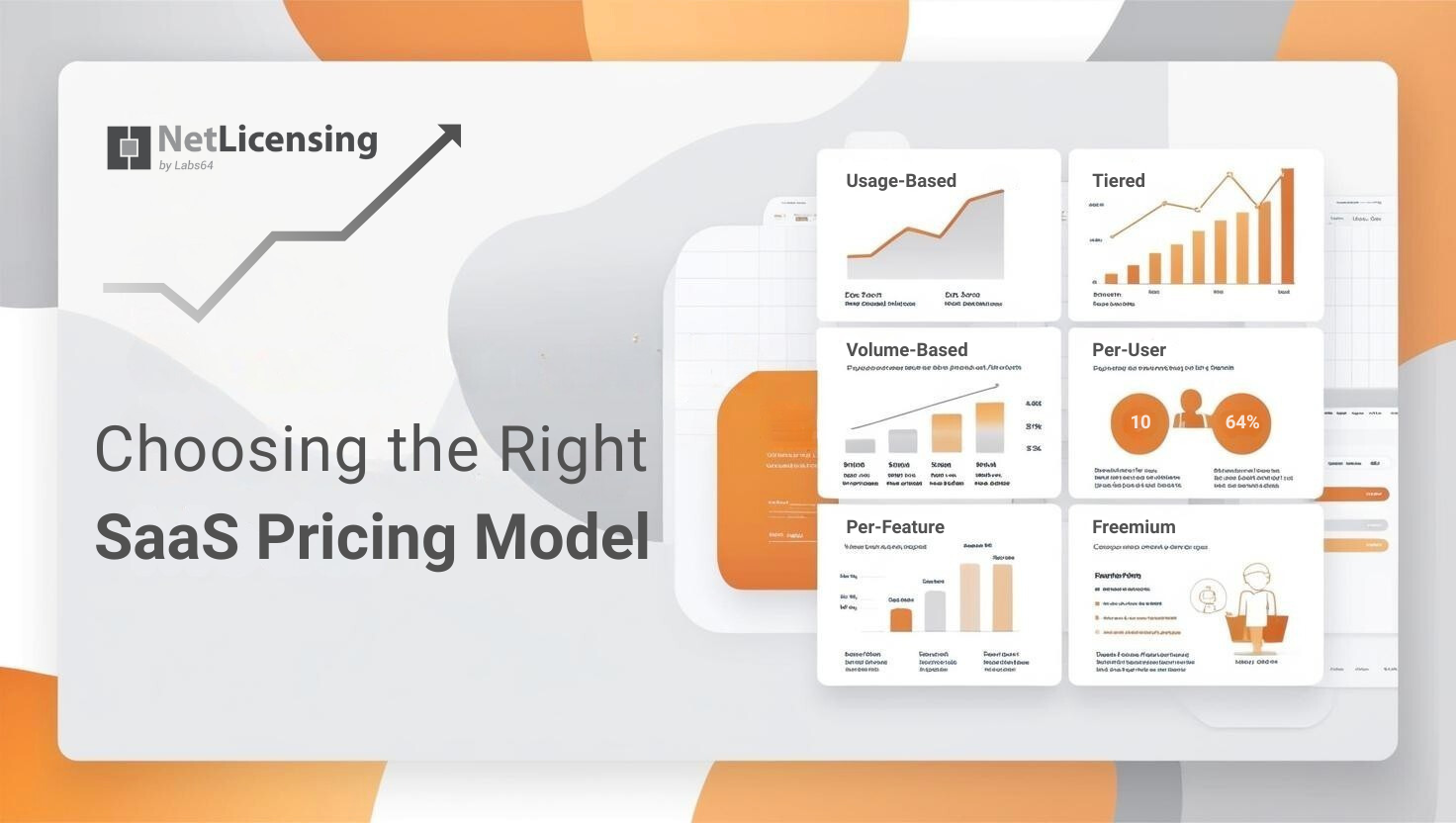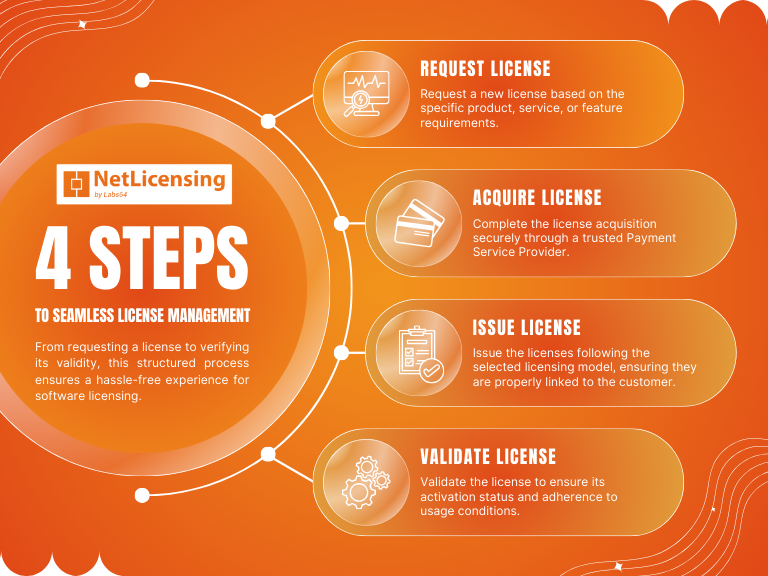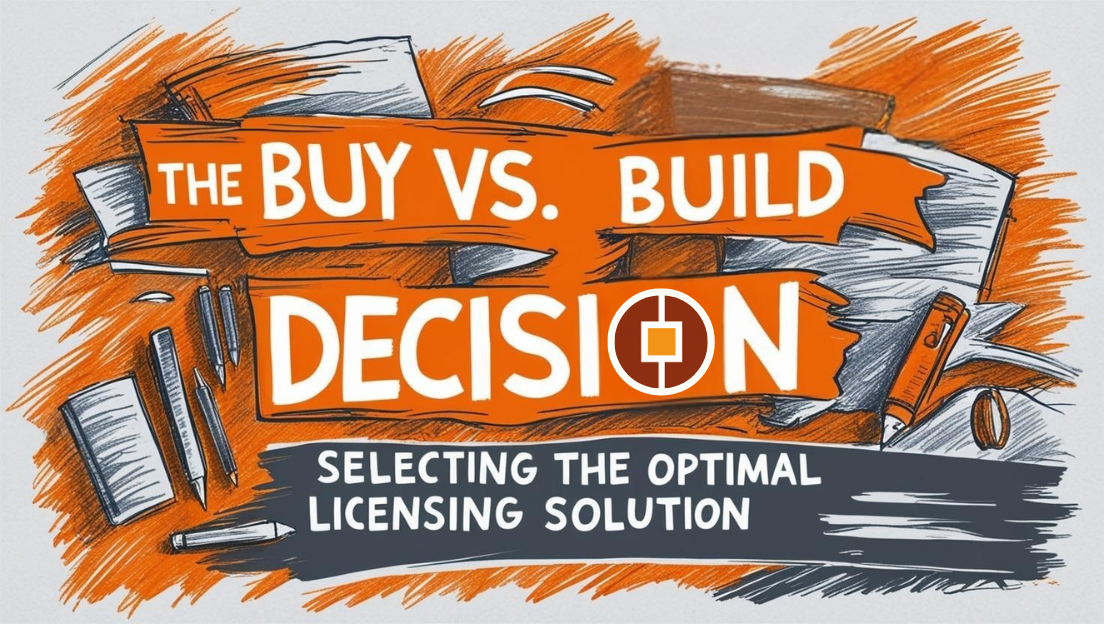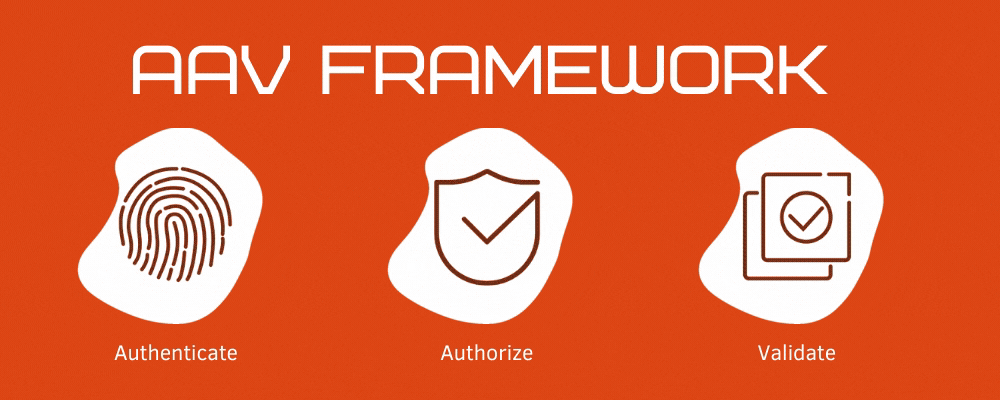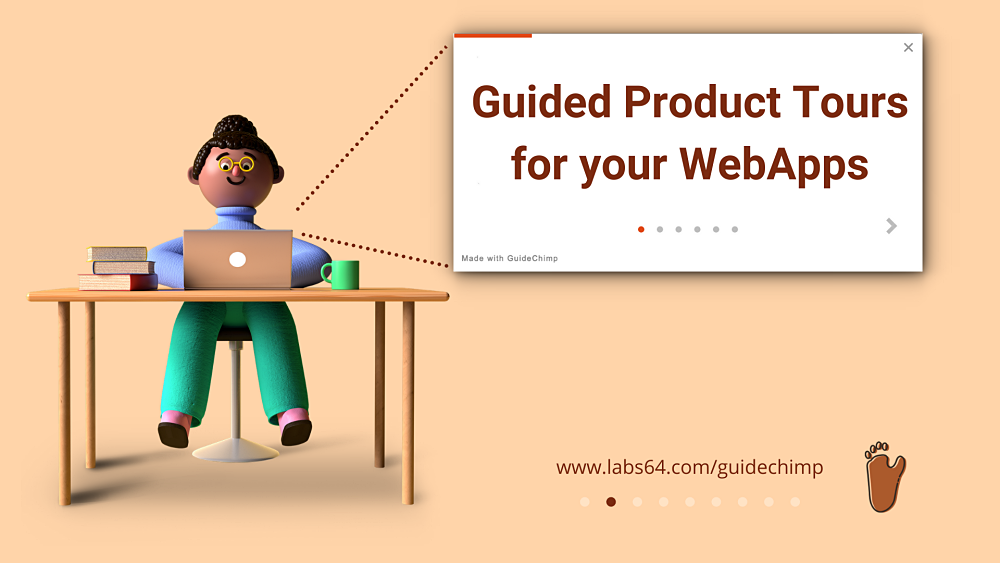API Licensing 101: Generating Recurring Revenue from Your APIs
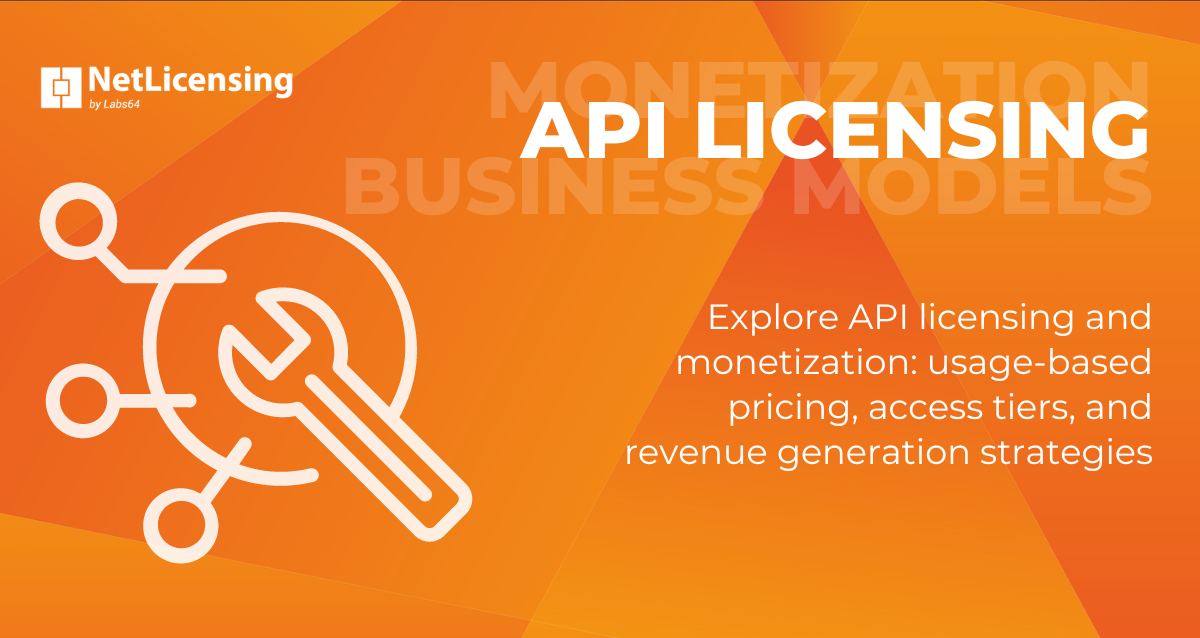
APIs (Application Programming Interfaces) have become a vital part of many technology platforms and digital businesses. Companies like Google, Facebook, and Twitter provide APIs that enable other developers to access their technology and data.
While companies have traditionally given API access for free, there is a growing trend towards monetizing APIs and generating revenue. One popular API monetization model is API licensing.
With API licensing, companies can charge for API usage and access. This allows them to earn money from their technology investments and data assets. API licensing helps create a sustainable business model around APIs.
There are several different licensing models like pay-per-use/call pricing, tiered/package or subscription pricing, and revenue sharing. Companies have to evaluate factors like customer segmentation, access levels, call volumes, and business goals to choose the right licensing approach.
Overall, API licensing has emerged as an effective way for companies providing APIs to monetize them. This article provides an overview of API licensing, its benefits and challenges, and key considerations for implementation. It aims to help API providers understand if and how to license their APIs to drive business value.
What is an API?
An API, or Application Programming Interface, is a set of protocols, routines, functions and tools that enable applications to interact with each other. APIs allow software to communicate and exchange data directly without any user knowledge or intervention.
APIs act as an interface or messenger that takes requests and returns responses between applications or systems. For example, the weather app on your phone is able to provide up-to-date weather data by connecting to a weather API that retrieves that data.
At a basic level, an API takes certain inputs and returns outputs. Just like a function in a programming language, the input (or request) triggers the API to run some code and return the desired response.
APIs enable developers to leverage functionality and data from other applications without having to develop everything from scratch. They provide building blocks to create applications efficiently. Companies like Google, Facebook and Salesforce offer developers access to their platform capabilities through their public APIs.
Overall, APIs create a universal interface layer that enables distinct systems, software and databases to connect and share information seamlessly. They power automation, integration and innovation across products and services.
Types of APIs
APIs come in different types that serve different purposes. The two main categories of APIs are public and private APIs.
Public APIs
Public APIs, also known as open APIs, are designed to be accessible to external developers. They allow developers to access functionality or data from an application or service. The API provider makes public APIs available to anyone who wants to use them. Some examples of popular public API providers include Twitter, Google Maps, and Amazon AWS.
Public APIs enable developers to build applications that interact with the provider’s service or data. For example, public APIs allow developers to pull tweets from Twitter, geocode addresses with Google Maps, or access AWS cloud services. The API provider sets certain rules, quotas, and policies around how the API can be used. But in general, public APIs are open for any developer to leverage.
Public APIs are useful for encouraging external innovation and providing developers access to valuable data and services. However, the openness of public APIs also requires the provider to handle security, rate limiting, abuse prevention, and documentation effectively.
Private APIs
Private APIs, also known as internal APIs, are designed for internal use within an organization. They enable different systems, applications and services to communicate with each other privately inside an organization. Private APIs are not accessible to external developers.
Private APIs allow for internal reuse of code, data and functionality across teams and products. For example, a private API could allow the sales system to access customer data from the CRM, or enable the website to display data from inventory databases. Unlike public APIs, private APIs don’t require managing security, documentation or rate limiting for external developers.
Private APIs help improve productivity and efficiency internally for an organization. However, they require internal coordination and may create dependencies across teams. Private APIs also need internal documentation, access controls, and API management.
Overall, both public and private APIs provide value in different ways. Public APIs enable external innovation while private APIs help improve internal integration. Understanding their differences helps organizations leverage APIs most effectively.
API Monetization Models
APIs can be monetized in several different ways to generate revenue. Some of the most common API monetization models include:
Freemium
The freemium model provides limited API access for free and charges for advanced features or increased usage. This allows developers to try an API’s core functionality for free but charges for premium capabilities like higher rate limits, more API calls, additional endpoints, or access to more data. The free tier acts as a hook to get developers building with the API, while monetization happens at the premium tier. Examples of companies using freemium API pricing include Twilio, Stripe, and Slack.
Limited Free Access
With this model, an API provider offers developers free access up to a certain threshold. Once developers exceed the threshold, they are charged per API call or per resource unit. The threshold could be based on number of API requests, bandwidth, compute resources used, or other metrics. This approach lets developers explore and test with low usage for free, while generating revenue from more intensive API consumption. Companies like Google Cloud Platform and IBM Watson use limited free access plans.
Developer Tiers
Tiered pricing creates packaged plans for developers at different price points with varying levels of access. For instance, a basic plan may have lower rate limits and only cover core endpoints, while higher-level plans offer greater quotas, more API resources, and premium capabilities. Tiers enable developers to select the plan that best matches their integration and usage needs. Twilio and SendGrid use tiered plans for their communication and email APIs.
Per Call Pricing
Usage-based pricing charges developers based on the number of API calls made. It monetizes by the call rather than limiting access. Developers only pay for what they use with this pay-as-you-go approach. Per call pricing provides flexibility but can also lead to unpredictable costs for developers. Companies like Xignite and Getty Images use per call pricing for their financial data and image APIs.
API Licensing Models
There are three main licensing models for monetizing APIs:
Perpetual Licensing
With perpetual licensing, the API consumer pays an upfront fee to gain unlimited usage rights to the API, often for a fixed time period such as 1-3 years. This model is suitable for situations where the expected API usage is high or unpredictable. The upfront fee provides revenue stability for the API provider. However, it limits future revenue growth opportunities.
Subscription Licensing
The subscription model involves charging the API consumer a recurring fee, usually monthly or annually, to access the API. This provides a predictable, recurring revenue stream for the API provider. Usage limits can be applied to prevent excessive usage. The provider can also easily add or remove features to give subscribers incentives to maintain their subscriptions. However, subscriber churn can negatively impact revenues.
Usage-Based Licensing
Also known as pay-as-you-go, this model charges the API consumer based on usage metrics like number of API calls, bandwidth consumed, number of records accessed, etc. This aligns costs with value delivered and usage. It allows monetization of large user bases and incentivizes development of applications that drive API usage and revenue. Drawbacks include complex pricing, potentially high operational costs, and less revenue predictability.
The optimal licensing model depends on the API provider’s business objectives, target customers, and competitive landscape. Offering multiple licensing options provides flexibility to serve diverse API consumers.
Benefits of API Licensing
API licensing provides several key benefits for organizations looking to monetize their APIs:
Recurring Revenue
Licensing APIs can provide a steady, predictable revenue stream. Rather than one-time payments, API providers can charge recurring license fees on a monthly, quarterly, or annual basis. This gives financial visibility and can be incorporated into revenue projections.
Flexibility
API licensing allows providers to offer different tiers or packages. For example, a basic license could allow up to 1,000 API calls per month while an enterprise license allows unlimited usage. The flexibility of packaging lets providers tailor options based on customer needs.
Usage Tracking
Licensing enables providers to closely track API usage for each customer. This helps identify utilization patterns and even spikes in usage that may require plan upgrades. Usage data is key for customer account management.
Other Benefits
Additional advantages include being able to limit usage, prioritize different customers, provide service-level agreements, tier access, and bundle APIs. Overall, licensing helps providers effectively monetize APIs while offering attractive options for developers.
Challenges of API Licensing
Licensing APIs comes with several challenges that need to be addressed. Some of the main challenges include:
-
Metering Usage - One of the biggest challenges is tracking usage and metering access to charge accordingly. APIs need robust analytics to measure number of calls, bandwidth, resources used etc. This allows pricing to be customized based on actual usage.
-
Pricing - Determining optimal pricing models and packages is difficult. Factors like type of API, user segments, volume discounts etc. need to be considered. Testing different models is important to maximize revenue.
-
Security - Licensed APIs need hardened security to prevent misuse. Issues like credential management, rate limiting, bot detection, DDoS prevention need addressing.
-
Onboarding/Provisioning - Smooth onboarding of API consumers is essential. Integration of licensing into developer portals is needed for easy subscription plans and keys.
-
Monetization Strategy - The overall monetization strategy needs to align to business goals while keeping users happy. Finding the right balance is key.
-
Legal Considerations - Proper TOS, SLAs and legal paperwork must be in place for licensed APIs to protect provider and consumer interests.
Overcoming these challenges takes work but doing API licensing right opens up recurring revenue streams. Robust license management platforms such as NetLicensing help address many of these challenges.
Best Practices for API Licensing
When implementing an API licensing model, there are several best practices to follow:
Provide Excellent Documentation
Thorough, up-to-date documentation is crucial for the success of a licensed API. Developers need to understand exactly how to integrate with the API, what functionality is offered, how to handle errors, etc.
The documentation should include code samples in multiple languages, tutorials, reference guides, and a sandbox or testing environment. Make the documentation easy to navigate and search.
Offer Developer Support
Don’t just launch the API and leave developers to fend for themselves. Have technical support available to answer any questions developers have while integrating the API.
Consider offering multiple support channels like email, live chat, forums, and a knowledge base. Quickly resolving developer issues ensures they have a smooth experience using your API.
Have Clear Terms of Use
The terms of service should clearly explain the legal terms, API usage policies, service level agreements, and any other contractual obligations. Detail what developers can and can’t do with the API.
Leave no room for confusion by being transparent about pricing, service availability, data ownership, liability, etc. Developers will feel more comfortable licensing an API with unambiguous terms.
Monitor Usage and Prevent Abuse
Keep track of how applications are using your API and make sure they comply with the terms of service. Implement throttling limits if needed.
Promptly suspend any developers misusing the API or excessively hitting rate limits. Having controls in place maintains quality of service for well-behaved users.
With excellent documentation, support, clear terms and monitoring, you can successfully run an API licensing program that adds value for developers while benefiting your business.
Case Studies
API licensing has proven successful for many major technology companies and startups. Here are some examples of companies effectively monetizing their APIs through licensing models:
Stripe
Stripe is a financial services and online payment processing company. They provide APIs that allow developers to easily accept and manage online payments. Stripe has found great success with their simple, transparent API pricing model. Their core API is free to use up to a certain level, after which usage-based fees apply. This “freemium” approach helped them rapidly gain market share.
Twilio
Twilio provides a cloud communications platform and API. Their APIs allow adding voice, video, and messaging capabilities into applications. Twilio licenses their APIs based on usage. This provides flexibility for users, only paying for what they need. Twilio has grown into a multi-billion-dollar public company largely driven by their API platform.
Google Maps
The Google Maps API is one of the most popular in the world. They provide flexible licensing options to suit different use cases. Google charges for high usage volume, with free usage tiers to gain adoption. The Google Maps API generates significant revenue while providing invaluable mapping capabilities to millions of developers.
SendGrid
SendGrid provides email delivery APIs for transactional and marketing email. They license access to their email infrastructure and tools. SendGrid experienced strong growth through offering generous free tiers to gain developers. Higher usage levels require paid plans. SendGrid’s API licensing strategy led to a $2 billion acquisition by Twilio.
Salesforce
Salesforce is an early and successful example of API licensing. By providing developer access to Salesforce’s CRM and other services via APIs, external apps can integrate with Salesforce data. Salesforce charges licensing fees for API usage based on usage volume. This ecosystem helped cement Salesforce’s position as the leader in SaaS CRM software.
Conclusion
APIs have become a critical part of the technology landscape, enabling organizations to open their data and functionality to external developers. As APIs grow in popularity, companies are recognizing the opportunity to generate revenue through API monetization and licensing.
API licensing provides a flexible model to control API usage and charge accordingly. Licensing helps companies recoup API development and maintenance costs, while providing incentives for developers to invest in API-driven solutions. This fosters an ecosystem that benefits all parties.
There are many factors to weigh in determining the best licensing approach. Usage-based models are common, charging per call or bandwidth consumed. But there are creative options like value-based pricing, where charges correlate to the value delivered by the API integration. Free tiers and trial periods are effective in onboarding new developers.
As the API economy evolves, we will likely see licensing models continue to adapt. Integrating subscriptions, credits packages, and tiered access will enable more customized monetization strategies. The quality and innovation of accompanying tools, like developer portals and analytics, will become increasingly important.
The future is bright for API licensing. Companies who embrace thoughtful API commercialization will realize new revenue streams while expanding their platforms. Developers get access to valuable data and capabilities to power new products and services. Customers benefit from seamless integrations and enhanced capabilities. With the right strategy, API licensing provides rewards for all.
Image Credits: NetLicensing
